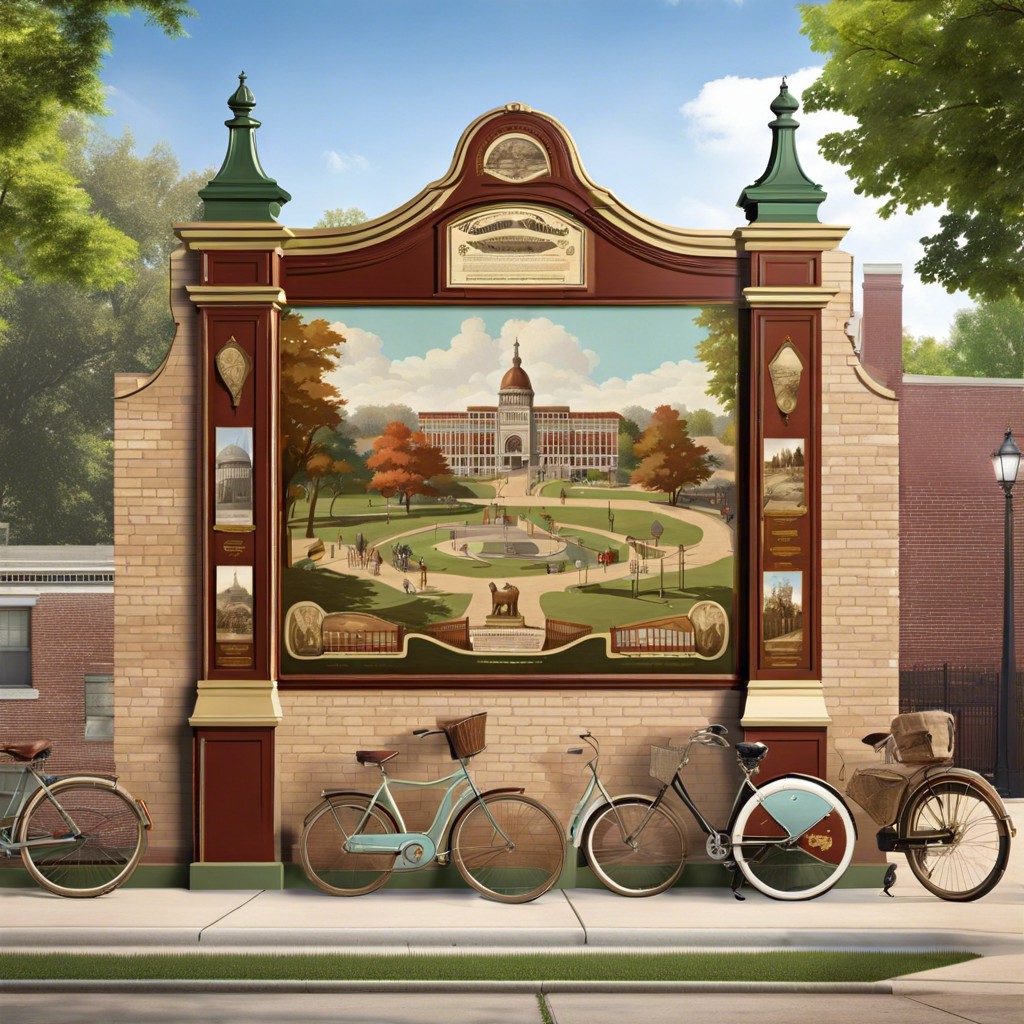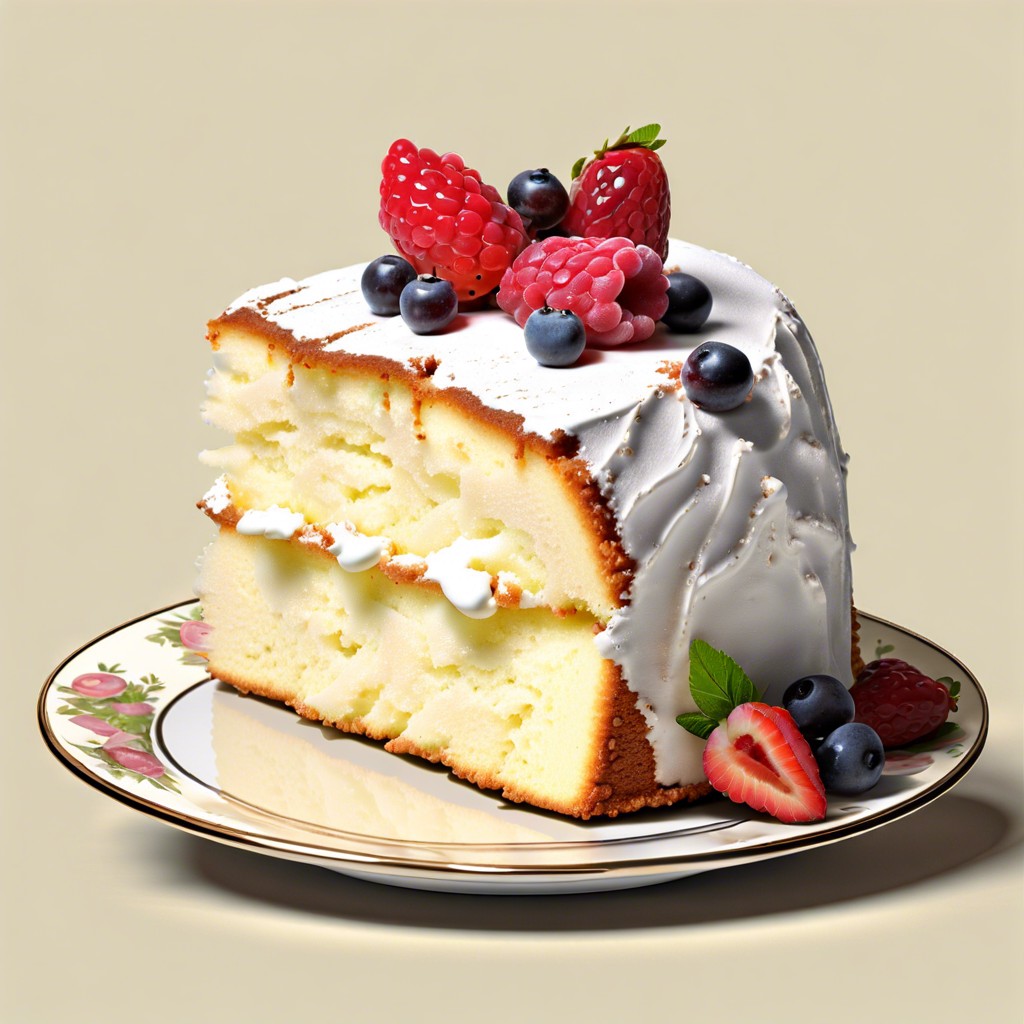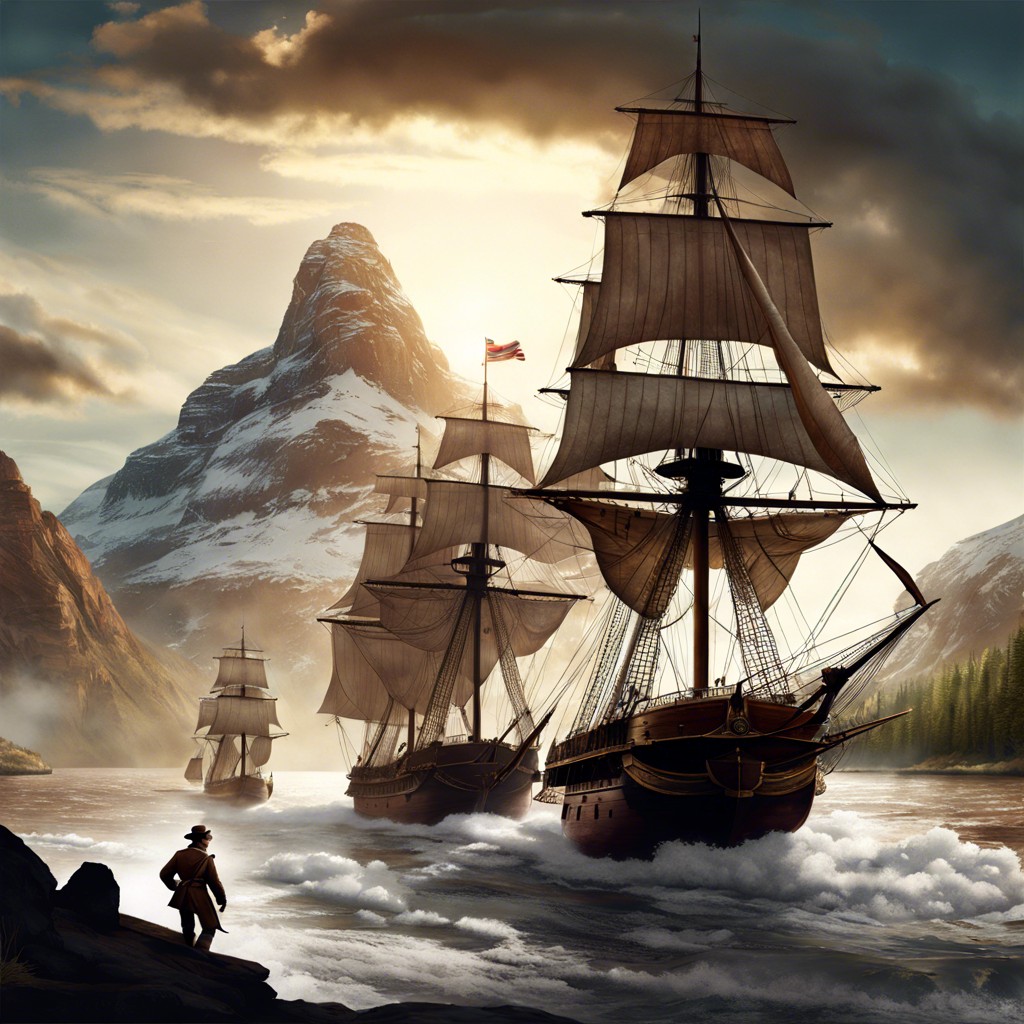Last updated on
Learn about the charm and value of vintage valentines, including how to identify and collect these historical tokens of affection.
Key takeaways:
- Vintage valentines reveal cultural customs and sentiments of past eras.
- Various types of vintage valentines include lace-edged cards, mechanical valentines, and vinegar valentines.
- The condition of vintage valentines impacts their value and authenticity.
- Rarity, era, condition, and design intricacy affect the worth of vintage valentines.
- Antique shops, online marketplaces, and networking events are great places to buy and sell vintage valentines.
Historical Significance of Vintage Valentines

Valentine’s Day cards from bygone eras serve as significant cultural artifacts, shedding light on social customs and sentiments of their respective time periods. These tokens of affection were not just sentimental; they reflected the artistic and technological advances of their manufacturing times.
From the handcrafted and lace-adorned cards of the Victorian era to the vibrant, mechanically printed postcards of the 20th century, each valentine carries with it the essence of its era. These pieces often exude the essence of courtship rituals, showcasing changing ideals of romance and beauty.
The symbology used in vintage valentines is a language in itself. Common imagery like hearts and doves have enduring associations with love, but other motifs, such as intricate keys or delicate flowers, may hold meanings that unravel narratives of love unique to their time.
Collecting these historical snapshots offers a glance into the personal lives of those who exchanged them. Whether it’s a simple penny postcard or an ornate, fold-out Valentine, each carries a story that transcends generations, connecting us to the universal, timeless sentiment of love.
Types of Vintage Valentines
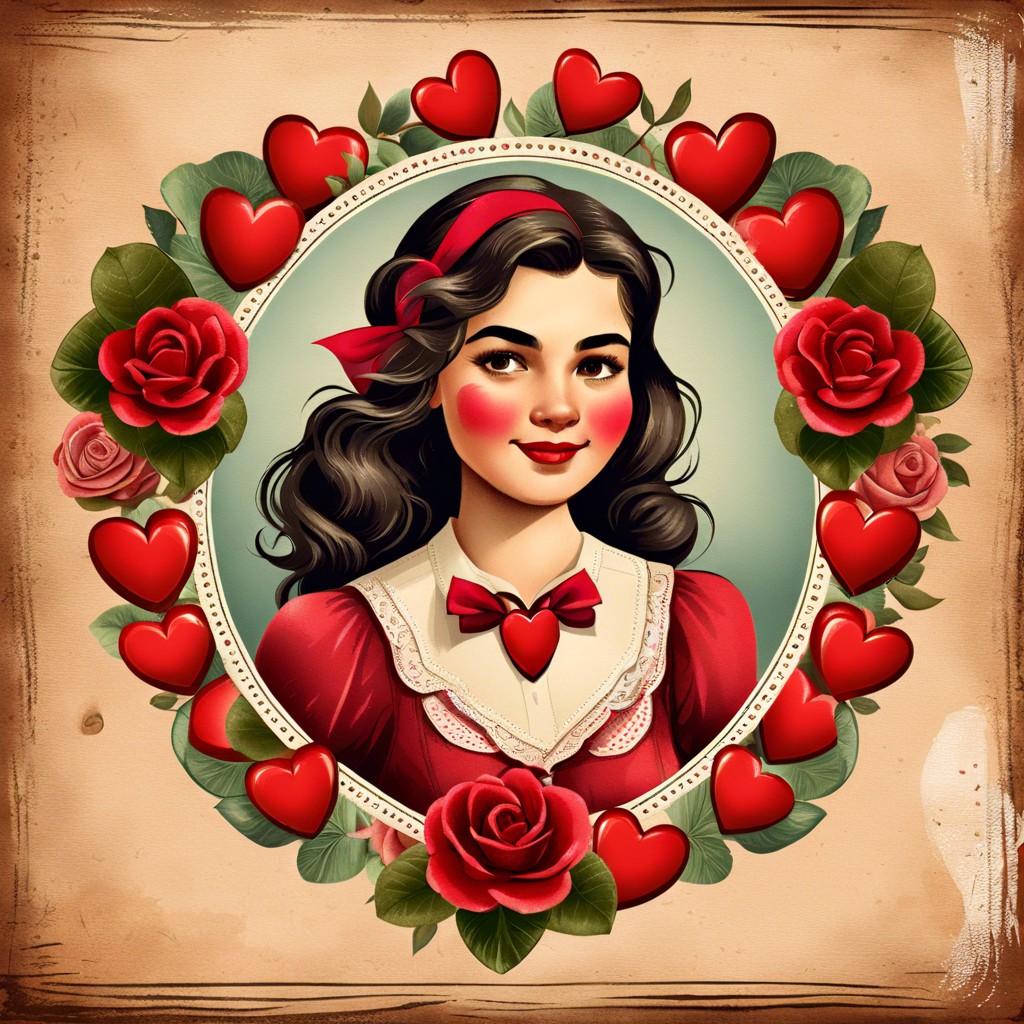
Collectors often classify vintage valentines into several categories based on design and era. Popular during the Victorian period, lace-edged cards featured intricate paper doilies and romantic imagery. Euphoria buzzes around hand-painted varieties, known to possess a charm that mass-produced cards often lack.
Mechanical valentines stand out for their interactive elements; pull a tab, and a figure might pirouette or send a kiss. These movable pieces engage more senses than just sight — a delight for both sender and receiver.
The imagery on ‘vinegar valentines’ often takes a sharp turn from the sweet and sentimental to the sarcastically humorous or downright scornful, providing insight into a more cheeky aspect of the era’s culture.
Some valentines bear the unique stamp of their origin, the “penny dreadfuls” for example, were an affordable option for Victorian Britons, characterized by bold images and simple verses, they democratized the gesture of Valentine’s Day.
In war times, valentines were shaped by current events, leading to patriotic themes and heartfelt messages between soldiers and their loved ones. These pieces are particularly poignant and serve as emotional time capsules.
Understanding these varieties aids enthusiasts in identifying valentines and grasping the social context of their creation. Each tells a story far beyond its sentimental verse, reflecting the spirit of its time.
Condition Assessment for Vintage Valentines

Condition plays a pivotal role in the value of vintage valentines. A well-preserved piece, free from tears or stains, often fetches a higher price. Pay attention to the paper quality; discoloration could signal aging or exposure to elements. Faded inscriptions or artwork may detract from its appeal, yet, for some collectors, a warm patina signifies authentic age, adding character.
Scrutinize for any restorations. Are they professionally executed or clumsily done with visible tape or glue? The latter can decrease the item’s worth. Check for originality—reproductions, while charming, generally hold less value than originals.
Formulate these insights into tangible criteria for valuation. Remember, the devil’s in the details—a keen eye can discern between a simple old card and a cherished piece of history.
Methods for Valuing Vintage Valentines
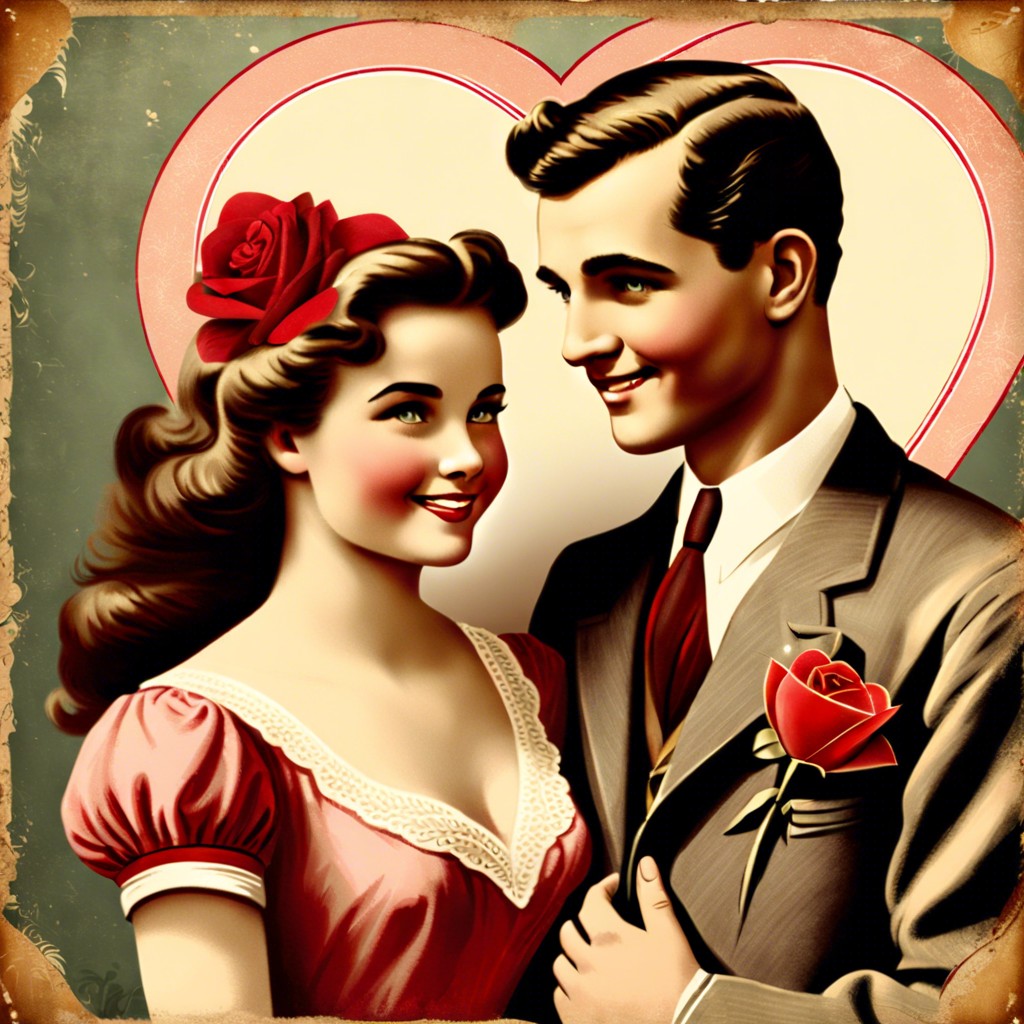
Assessing the worth of vintage valentines hinges on several key factors. Rarity plays a pivotal role; cards produced in limited quantities or from obscure manufacturers often command higher prices. The era of the valentine affects value as well; those from the Victorian era are typically sought after due to their distinct craftsmanship.
The condition is just as crucial; creases, faded colors, and missing parts can significantly reduce a valentine’s value. Collectors prize items in pristine or near-mint condition. However, a well-documented history or provenance can add value, even if the condition is not perfect. If a valentine was exchanged between famous individuals or has a compelling backstory, its appeal could increase.
Other factors to consider include the intricacy of the design and the materials used. Hand-crafted valentines with elaborate lacework, embossing, or movable parts tend to be appraised at a premium. Additionally, the market’s current demand can cause fluctuations in a valentine’s worth; popular themes or motifs may spike in value around Valentine’s Day or within collector communities.
To get a realistic valuation, compare your piece to similar items in auction results, reference books, and collectors’ circles. Always consult with professionals for an informed estimate, as they can account for market trends and nuances that might escape the layperson’s eye. Remember, sentiment doesn’t translate to monetary value, but it certainly can make a vintage valentine invaluable to the beholder.
Navigating the Market: Where to Buy and Sell Vintage Valentines

For aficionados eager to expand their collection, antique shops and estate sales can be gold mines. Delve into the bins and boxes; treasures often lurk where least expected. Flea markets and thrift stores can also yield unexpected finds; their ever-shifting inventory makes for a delightful hunt.
The digital domain offers boundless opportunities. Online marketplaces and auction sites are bustling with activity; here collectors and sellers converge from all corners. Scanning online catalogues, one can compare pieces from around the globe without stepping outside.
Collectors should network at trade shows and antique fairs, where fellow enthusiasts gather. Knowledge is currency; swapping stories and insights may lead to acquiring sought-after pieces.
Social media platforms are the modern collector’s lounge. Join groups where vintage valentine trading flourishes. Fellow members not only buy and sell but also offer guidance on preserving these delicate tokens of yesteryear.
Lastly, remember that provenance can significantly amplify value. Cards with a well-documented history or from notable collections often fetch premium prices. Keep this in mind while both purchasing for personal enjoyment and considering future resale value.
